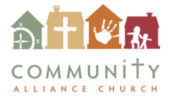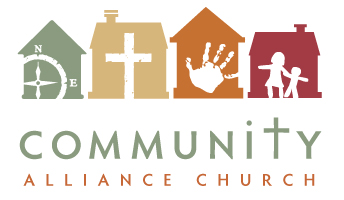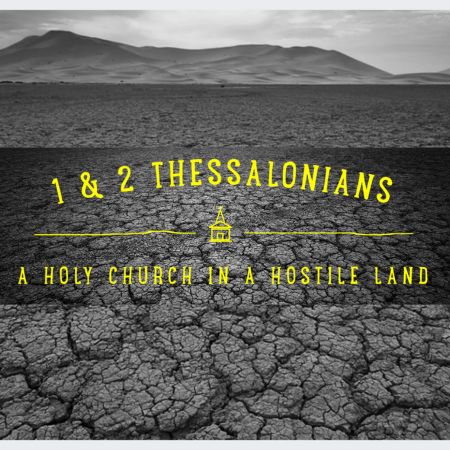It is not all that uncommon for Paul to break out into prayer in his letters and/or to mention what he has been praying and continues to pray for these Jesus-followers he loves so dearly. Here he does just that. As a result, we can learn a thing or two from his prayer.
Without doubt, God has moved in the lives of these Jesus-followers in Thessalonica to encourage and sustain them in the midst of severe persecution. But that also moved Paul. He was moved to gratitude, to prayer, and to recognize a way he could serve a purpose among this fellowship.
Paul did indeed get that report from Timothy regarding the faith of the Jesus-followers in Thessalonica. The report is quite positive! Paul hears that their allegiance to Jesus continues. This passage is helpful to us for a number of reasons. Faithfulness is supposed to be observable and tangible. And it should encourage us when we see it is present and lived out in every church. It should also encourage us when we see that fidelity to Jesus remains steadfast through thick and thin. All of this was proven true by these faithful believers in Thessalonica and, as such, was “good news” to Paul. Like Paul we ought to rejoice at such faithfulness, but it also should serve as a paradigm for us. What is it about this church’s faithfulness that can serve as a model for our own faithfulness?
Today’s message looks at Psalm 96 and the joy, fear and glory of the Lord. Can you have joy and fear together? God’s glory is the composite magnificence of his greatness and goodness. It’s easy to be tempted to look more to the lower glories of this world then the goodness and greatness of God. …
As Paul had made clear to this church (and continues to), suffering for the sake of Christ is inevitable. The question ought never to be “Will we face persecution?” but, rather, “How do we respond when we do face persecution? ” We want the same thing Paul wanted – for followers of Jesus to remain unshaken in their faith. In this passage we will explore that faith is much, much deeper than simply “believing certain facts about Jesus”.
Often, when we think of the biblical theme of “love” we run first to God’s love for us. That is good and right. Then perhaps we will mention our love for Him, which is also good and right. However, by His design, biblical love isn’t just defined as “His love for us” and “our love for Him.” It also includes our love for one another or, to put it another way, the church. Paul loved these people (the church at Thessalonica). Through the things Paul conveys here, it is clear that this love was not abstract but quite concrete.
In today’s passage it begins with a thanksgiving. Specifically, a thanksgiving expressed by Paul which details his conviction that the word of God worked in a mighty way in the lives of the Jesus-followers he’s writing to in Thessalonica. This “word of God” certainly includes scripture, but because the New Testament wasn’t complete in Paul’s day in the way we have it today, it also can encompass the message of the Good News itself as well as the God-given truths proclaimed and passed on by His prophets and preachers. The ability of the word to “go to work” among God’s people was not merely something the church in Thessalonica experienced and enjoyed, but something even today’s church can experience and enjoy!
In chapter 1 Paul talked about this church being “imitators” of him and his ministry companions (which is a theme he will revisit later in chapter 2). In between these discussions of imitation is a call to recall how Paul, Silas and Timothy were while they were in their midst. This all ties together because if this church or any church sought to take seriously the instruction to imitate, they must be shown what it is they ought to be imitating. Paul does a wonderful job of doing just that here, while ever encouraging his readers to remain fixed on Jesus.
This particular sermon, as is true of the others in this Christmas series, will be Christ-centered, but with a bit of a twist. The “Magi” or “wise men” as some translations render it, will take the stage so to speak and will focus specifically on what they say and do and then consider what that means regarding the baby before them.
Many debate whether we ought to say “Happy Holiday” or “Merry Christmas”, but such a debate misses what is most critical – to know and trust the Christ of Christmas. Matthew helps us know more about Christ and helps us see how we can trust Christ.




